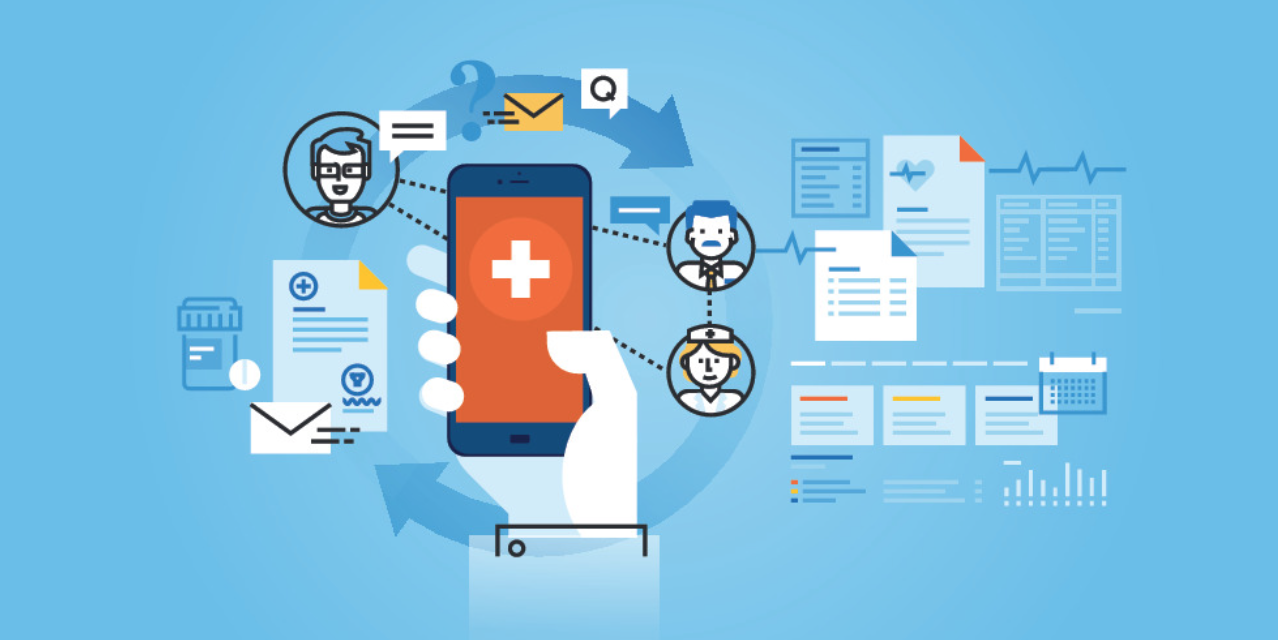
Remote patient monitoring (RPM) uses digital technologies to collect medical and other forms of health data from individuals in one location and electronically transmit that information securely to health care providers in a different location for assessment and recommendations. This type of service allows a provider to continue to track healthcare data for a patient once released to home or a care facility, reducing readmission rates.
The primary benefits for patients include:
- Better access to healthcare
- Improved quality of care
- Peace of mind and daily assurance
- Improved support, education and feedback
Better Access to Healthcare
Remote patient monitoring fits healthcare into a patient’s life — not the other way around. Because patients don’t have to physically come in to receive care, they can access treatment when, where, and how they want it.
Improved Quality of Care
Since RPM connects clinicians more directly with relevant patient data, it makes their daily routines more efficient and eases the possibility of burnout — resulting in obvious benefits to patient care.
Even better, RPM improves patient behavior by creating a system by which people are more engaged with, and accountable for, their health.
Better engaged patients have a tendency to take control of their health. Instead of resisting caregivers’ recommendations, they’re more likely to embrace them, improving their own health prospects in the process.
Peace of Mind and Daily Assurance
Important as patient comfort and engagement are, the benefits of remote patient monitoring go beyond that, offering patients invaluable assurance that someone is watching out for their health and well-being on a daily basis.
Education, Support, Feedback
Thanks to this continuous, instantaneous connection between people and their physicians, RPM also provides patients with expanded levels of education, support and feedback, as compared to traditional models of healthcare.
The RPM model is comprehensive enough that physicians not only collect data but they're also automatically providing information back, so over time those patients are getting a lot of education and support.
RPM programs allow that patient to get that daily information, that daily support, that daily help, that can make all the difference in the world in terms of their health outcomes.

